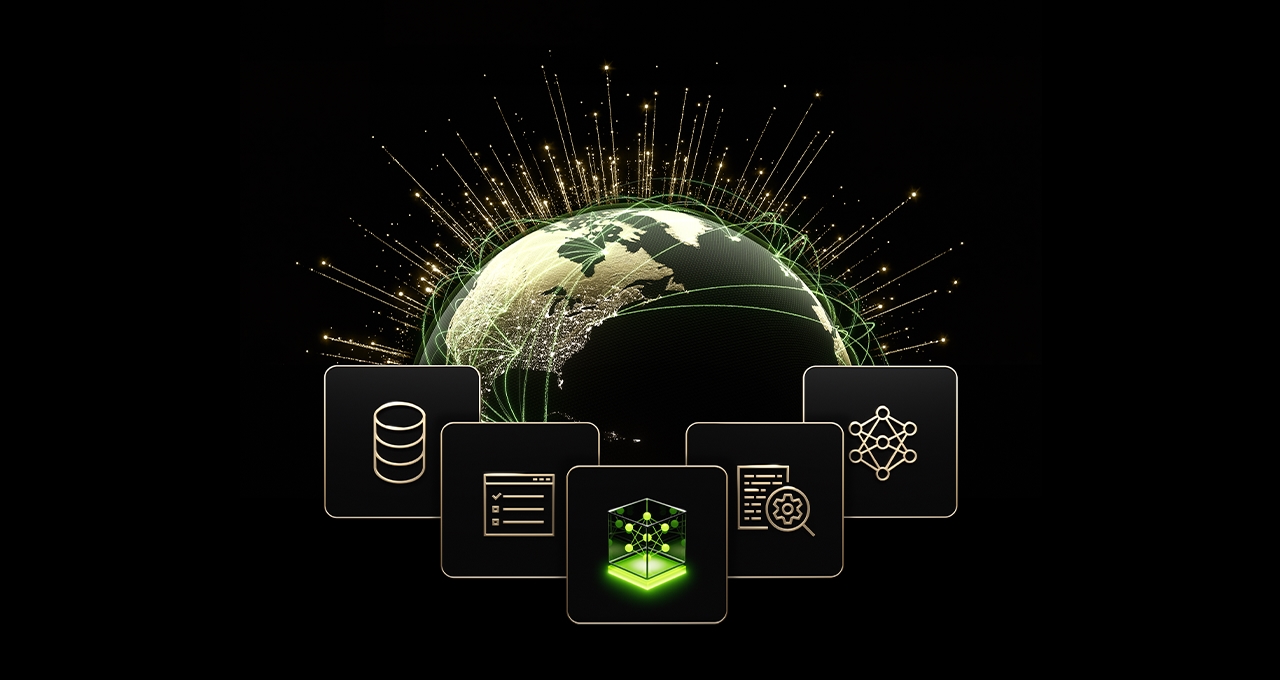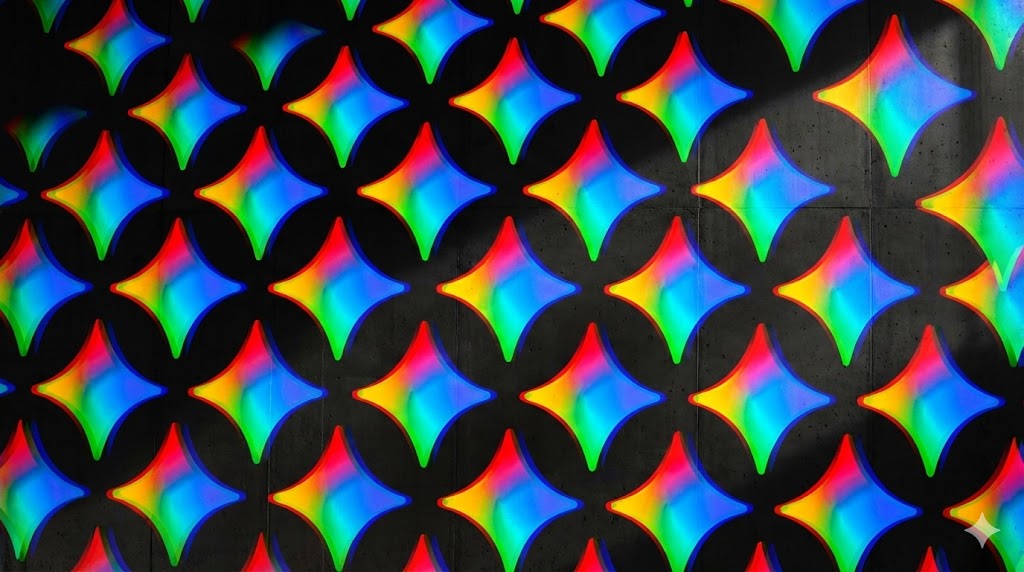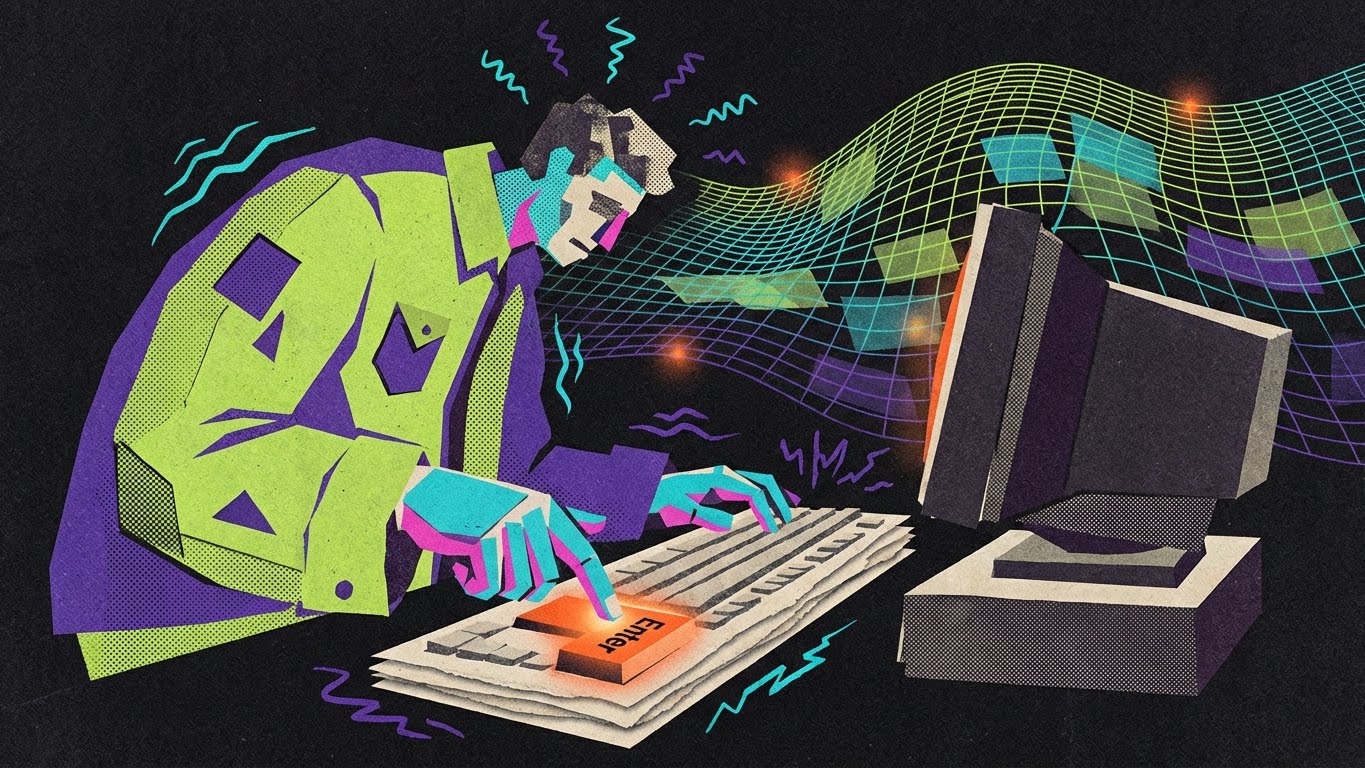OpenAI is launching a new learning platform for journalists and publishers called the "Academy for News Organizations." Developed in collaboration with the American Journalism Project and the Lenfest Institute, the initiative aims to teach media organizations how to effectively use artificial intelligence. The program offers on-demand training, practical examples for research and translation, and guidance on establishing internal AI guidelines. OpenAI says the goal is to help editorial teams work more efficiently, freeing up time for core journalistic work.
According to OpenAI, the Academy was developed with critical industry issues in mind, including concerns about job displacement and the reliability of AI-generated content. The platform builds on existing partnerships with major publishers like News Corp and Hearst, with plans to expand the offering next year. These educational initiatives might also be an attempt to smooth over tensions in the industry - while OpenAI courts publishers with tools and training, it is simultaneously battling copyright lawsuits from major media companies like the New York Times and Ziff Davis.


